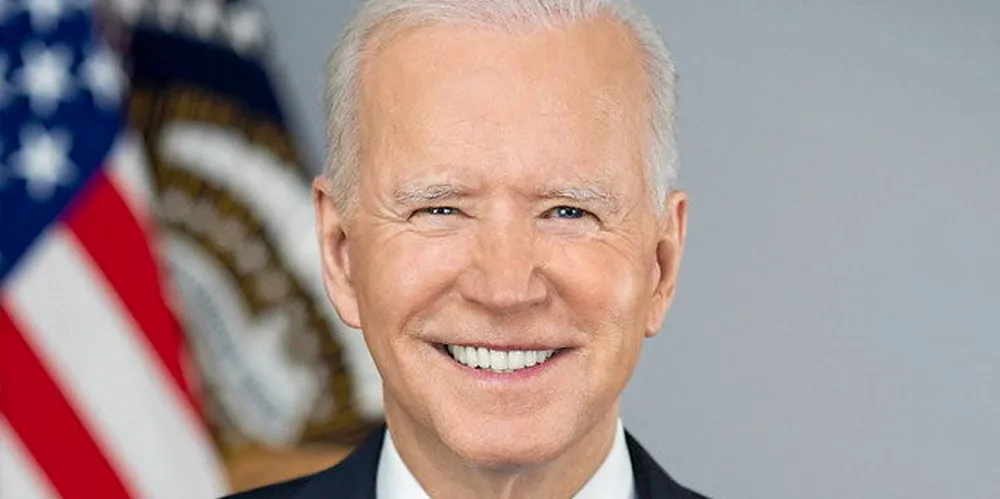'Like biotech was': North Carolina bullish on benefits of US Atlantic wind boom
State's ports and habours fit to service the wider east coast play, helped by advanced rail, road, and waterways infrastructure, says report from department of commerce

North Carolina stands “well positioned” to take a large slice of the $140bn-plus market foreseen taking shape as the US Atlantic offshore wind sector lifts off, a new report from the state’s department of commerce has forecast.
The report, commissioned from consultancy BVG Associates, points to the state seeing “significant” economic development benefit from the 40GW of new plant it predicts will be built off the country’s eastern seaboard by 2035.
“Wind energy means new jobs for North Carolinians,” said Machelle Sanders, North Carolina’s commerce secretary. “Just like biotechnology was for us many years ago, today clean energy represents an industry of the future and North Carolina always embraces the future.”
The North Carolina Office of Science, Technology, & Innovation, an arm of the commerce department, led the study, which as well as “extensive assessment” of the state’s strategic position in the soon-to-boom regional market, included an inventory of businesses, organisations, and physical infrastructure that could promote the sector’s development in the state.
The report found North Carolina’s multiple port and habours “well-suited” to servicing the wider US east coast offshore wind play, and would be helped by its “fully integrated, up-to-date high-capacity intermodal transport system” of rail, road, and inland and coastal waterways which provided industrial infrastructure within the state and with neighbouring states.
BVG calculates reaching the projected 2035 level of regional offshore wind capacity would require a manufacturing ecosystem to supply component parts “for at least two dozen utility-scale farms”, with the consultancy forecasting North Carolina manufacturers “could address and supply equipment for the entire east coast market, not just for projects directly off the state’s coast”.
In October 2018, North Carolina Governor Roy Cooper signed an executive order to underline the state’s commitment to cutting greenhouse gas emissions and boost expansion of clean energy businesses. This was followed a year later by the publication of a workforce assessment for the clean-energy and clean-transport sectors.
After a stop-start four years under the Trump administration, offshore wind finds itself on the cusp of a bull run backed by President Joe Biden, who aims to see 12.5GW brought into operation by 2025 in federal waters and 25GW by 2030.